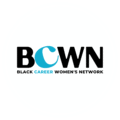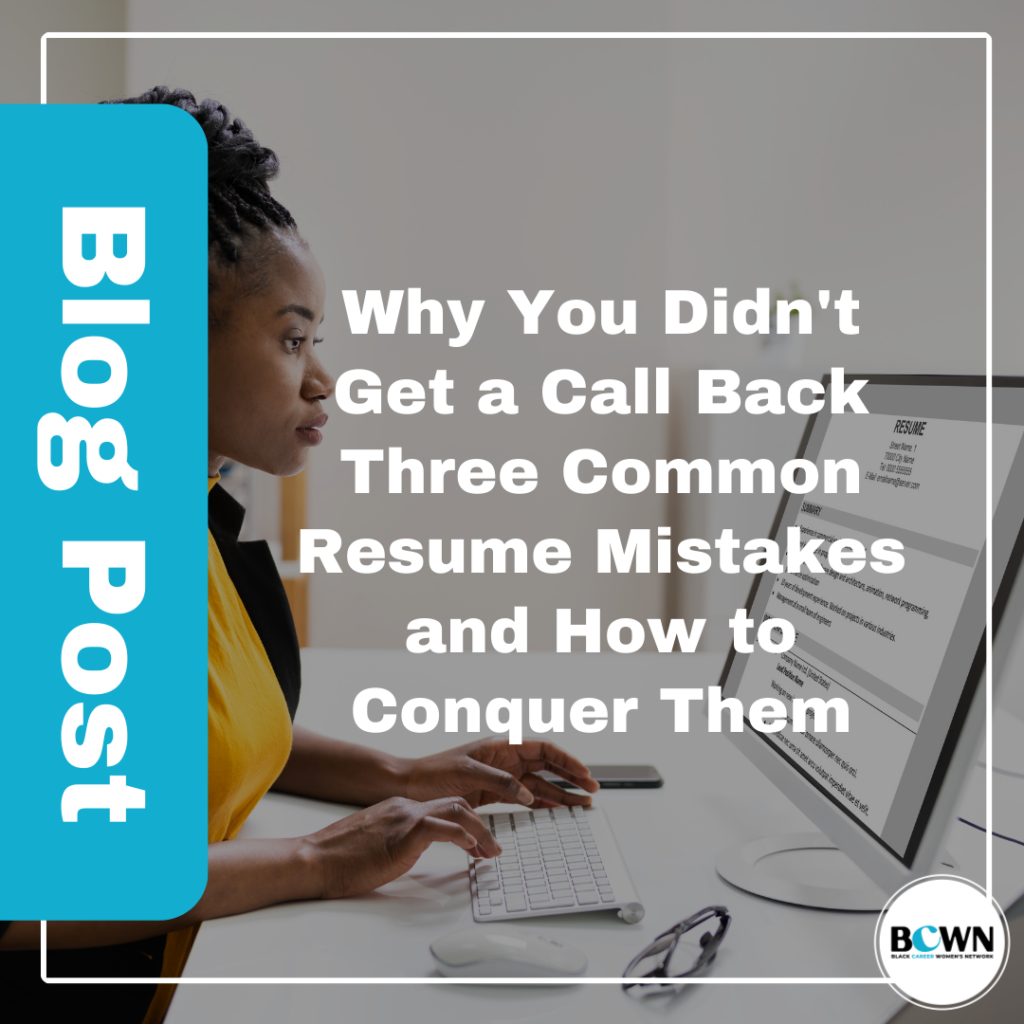Have you wondered why you have such a great experience but can never seem to get an interview? I have news is: it may be your résumé! Let’s review a few common mistakes that you could be making when applying for career opportunities and why they are detrimental to you, followed by tangible actions that you can take to conquer the mistake.
Mistake #1: Lack of Focus
On average, a recruiter spends six seconds when scanning a résumé. With such a quick turnaround, it is pertinent that your résumé is tight from the start. With that being said, it is vital to make sure that you have a solid understanding of the opportunity that you are applying for (industry, level of experience, location, requirements) while keeping a goal in mind when sending out your résumé.
The Work Around:
Grab a piece of paper and a pen. Assess all of your professional and school experiences and from each, write down a key accomplishment (use ones that really set you apart from the crowd). From those, deduce what qualities and skills make you a formidable candidate. For example, if working at a bank for two years as an associate, you have decreased costs for the company by 5% by implementing a new automated process across your department, you can deduce a few pointers from here. One would be being a change agent. Keep going until you have about three to five solid skills to convey.
Mistake #2: Having an Objective
Objectives are purely selfish, and here’s why. The purpose of an objective is to clearly state why one wants to seek a certain career opportunity. However, employers only want and need to see what can you bring to the table to benefit them. Plain and simple. Objectives are outdated and need to be done away with.
The Work Around:
Instead of focusing on what you want, step into the shoes of an employer who doesn’t have much time to waste and wants to add assets to the organization. What does that look like to you? Instead of an Objective, lead your résumé with a Summary of Qualifications, Profile, or Core Competencies based on how you can add to the organization. Consult a professional résumé writer, if needed.
Mistake #3: Improper Formatting
As a certified professional résumé writer, all too often I will come across documents that could definitely use attune-formatting-wise (that’s my job, anyways!). Formatting not only shows a focused, goal-oriented résumé, but it communicates an organized candidate who has done his or her due diligence in providing a quality document. To achieve proper formatting, it is important to understand the actual appeal.
The Work Around:
Ensure that your margins are not too wide or narrow, your headings are all formatted in the same fashion (if one is bolded and centered, the others need to be, as well), and that there is enough “white space” between the different parts of the résumé to avoid a jumbled look. Also, be sure to use the proper font and font size as your experience permits. Commonly used fonts include Times New Roman, Calibri (Body), and Arial. It is helpful not to have a font size smaller than 10 and no larger than 12. For more assistance, consult a professional résumé writer.
For career writing services and free résumé consultations, visit www.getmfactored.com. Have an awesome day on purpose!


